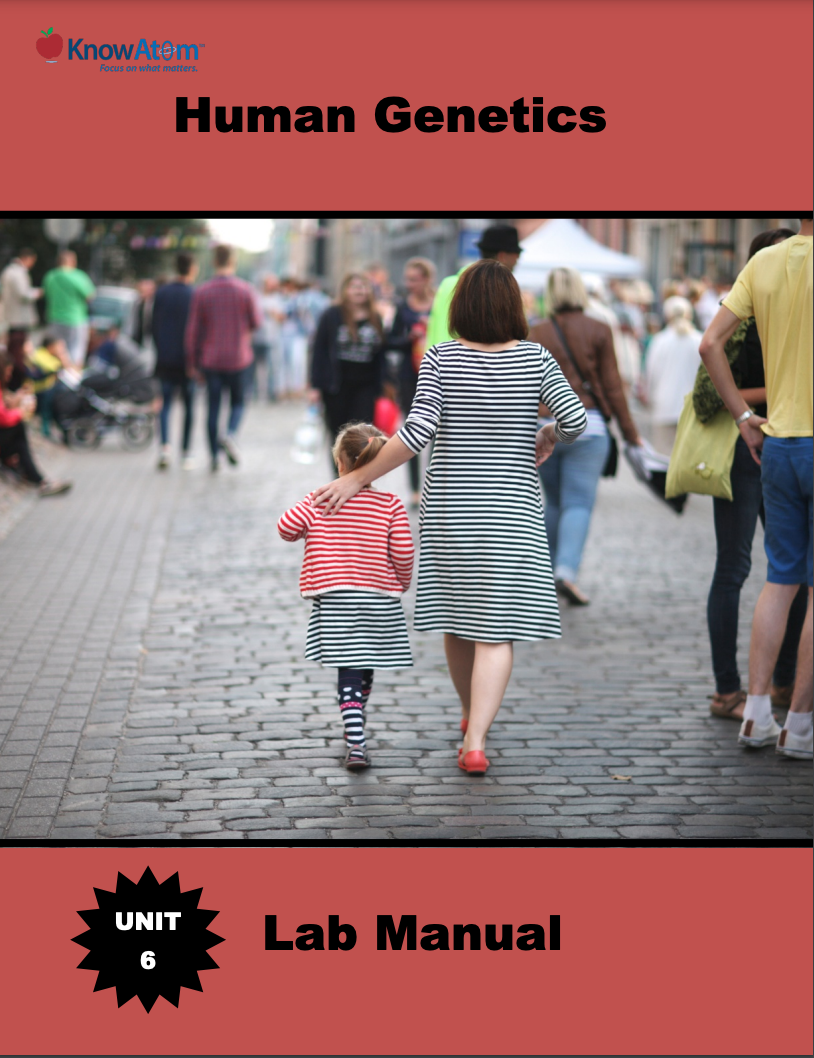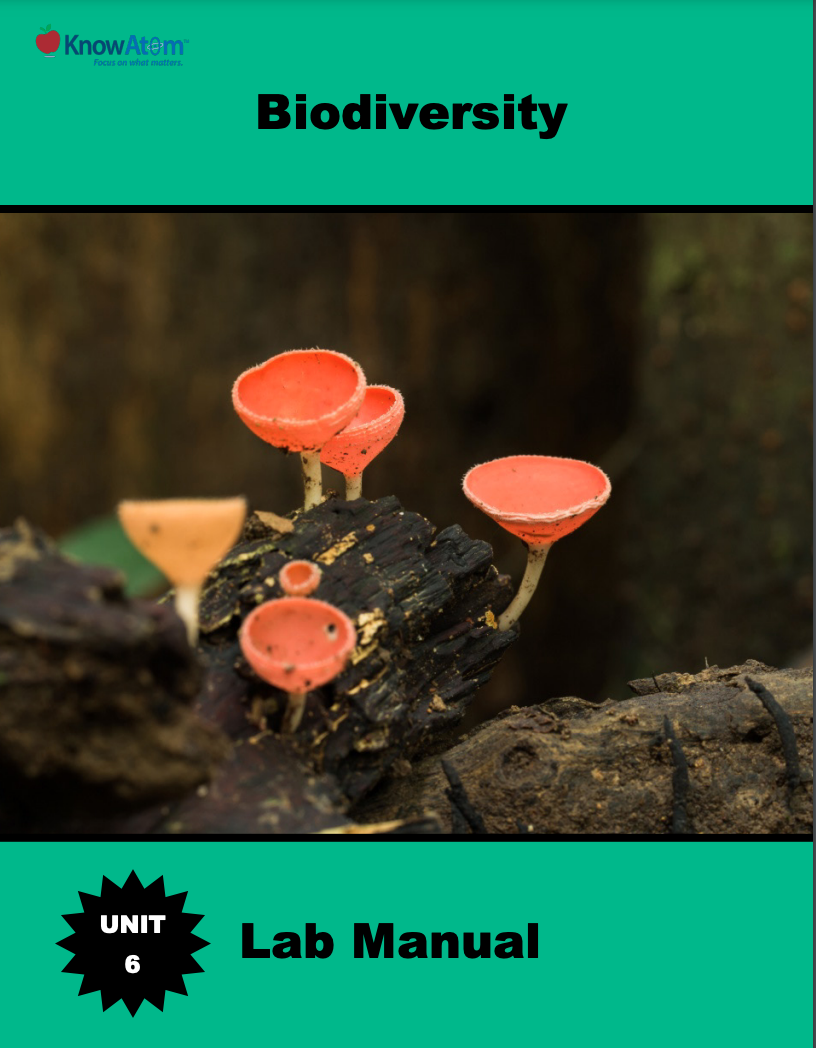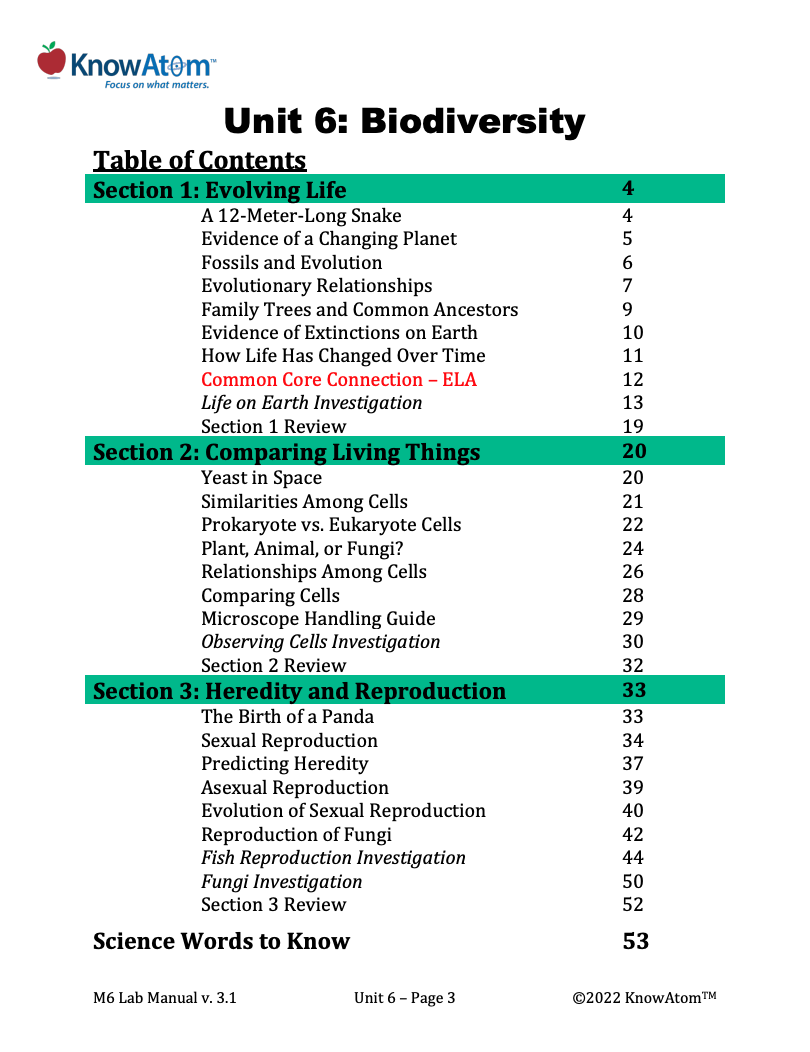
In this unit, students figure out connections between genes and heredity to evolution, focusing on figuring out the phenomena of how both genetic information and the environment influence how a population develops over time. Students investigate different kinds of evidence for life’s shared ancestry and then experiment with how adaptations help some organisms survive. Students end with an investigation into artificial selection.
.png)
In this unit, students focus on the relationship between an organism’s cellular structure and the ability of the organism to access energy to carry out essential life functions. Students begin by examining prokaryotic and eukaryotic cells under the microscope and then compare organelles in plant and animal cells in this lesson. This page is a high-level extract of this lesson.
.png)
In this unit, students discover how life reproduces at the cellular level, analyzing the science phenomena of how genetic information is stored in chromosomes. In this lesson, students observe mitosis in plants and animals. This page shows key components of this lesson.

In this unit, students explore the phenomena of diversity of life on Earth and consider how living things pass on traits to their offspring while also adapting to meet the needs of the environment. In this lesson, students figure out how scientists use the fossil record for clues to how life has evolved over time. This page highlights key parts of this lesson.

In this unit, students focus on science phenomena related to the diversity of life, analyzing how scientists use the fossil record to tell of how life has evolved over time. In this lesson, students then compare the phenomena of cellular diversity in fungi, plant, and animal cells, exploring how similarities can be used to support evolutionary relationships. This page is a high-level extract of this lesson.
Standards citation: NGSS Lead States. 2013. Next Generation Science Standards: For States, By States. Washington, DC: The National Academies Press. Neither WestEd nor the lead states and partners that developed the Next Generation Science Standards were involved in the production of this product, and do not endorse it.
